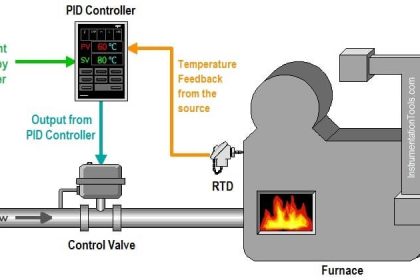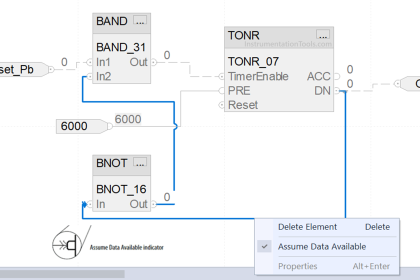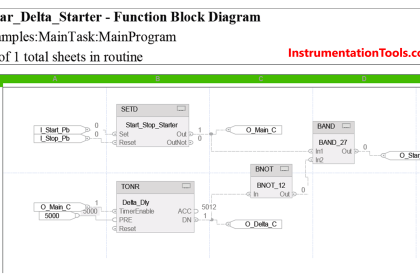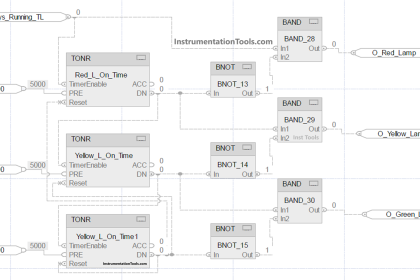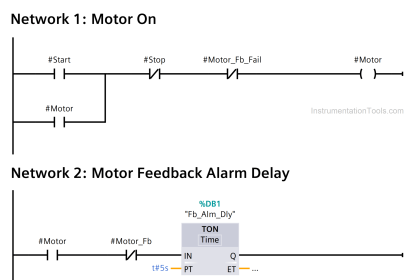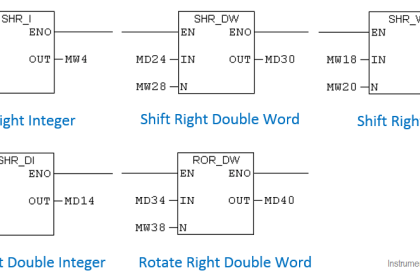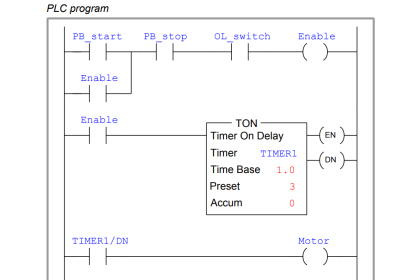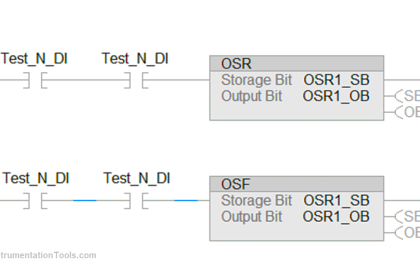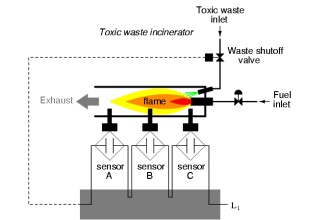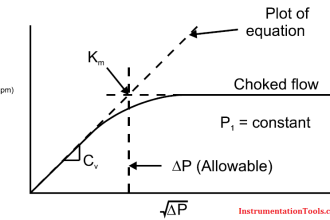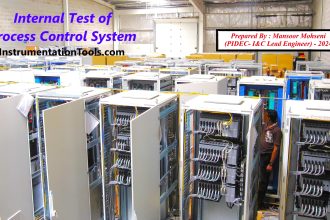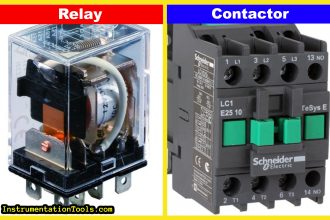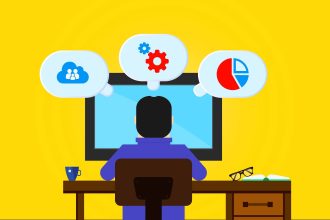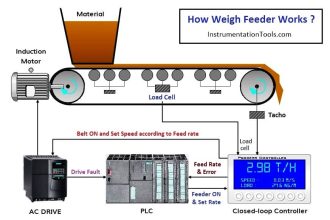This article is divided into two parts. In this article, we will learn different types of Schneider PLCs and an overview of smaller and medium applications in PLC. The second part covers the overview of PLCs used for higher-level applications.
Schneider is a very big brand in industrial automation. It has very products and innovative technologies in industrial automation, residential and small business, low voltage products and systems, solar and energy storage, medium voltage distribution and grid automation, etc.
If we consider the industrial automation part, it has a very wide range of PLCs. In this post, we will have a look at various ranges of Schneider PLCs.
Zelio Schneider PLC
This is the most basic version of Schneider PLC. It has a maximum of 20 IO’s. This PLC has buttons on it for operating the in-built HMI display.
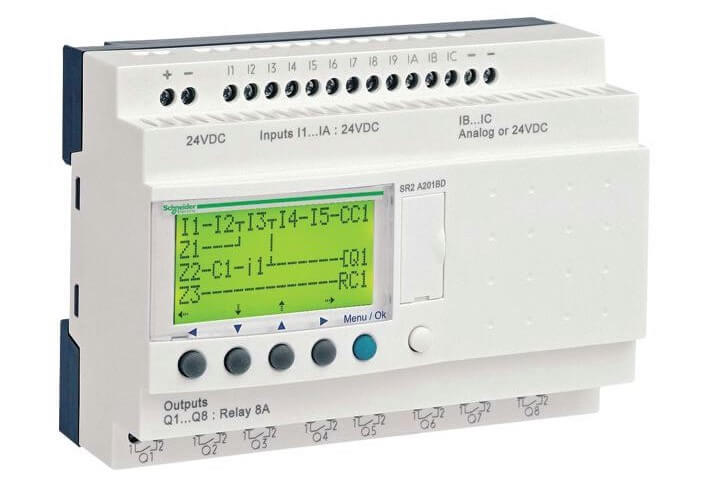
The LCD display has 4 lines of 18 characters and 1 line of icons. The power supply of this PLC has a variety of ranges like 12V DC, 24V DC, 24V AC, and 230V AC. The Zelio PLC requires a separate programming cable for commissioning it.
The software used for programming is Zelio Soft.
As it is a basic version, you only have ladder logic and functional block diagram available in it. Also, you have a limited number of ladder rungs and block areas for writing the logic.
M100 Schneider PLC
This PLC is very cost-effective and is a very good option for small systems where there are at least 40 IO’s. It has an AC power supply and also has a serial Modbus port.
It has a USB port for programming.
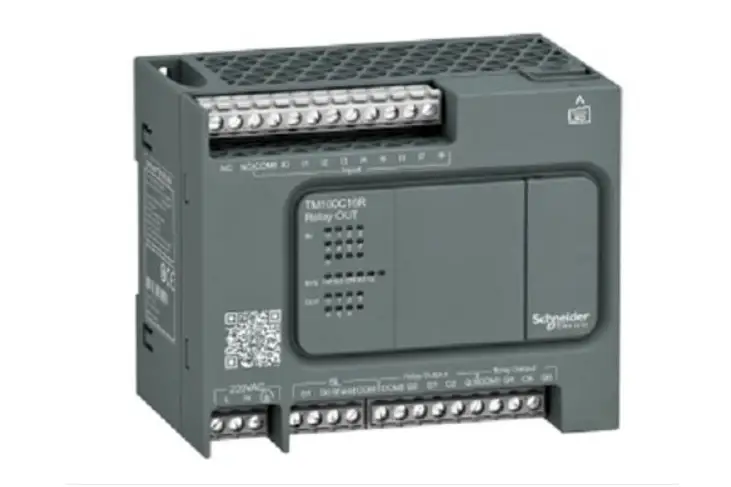
The digital inputs are protected against overvoltage and the PLC has an IP20 protection level. It has very high levels of insulation and is also resistant to high EMC levels.
The software used for programming is Ecostruxure Machine Expert Basic. You have only ladder logic and instruction list languages available.
M200 Schneider PLC
This PLC is a bridge between cost and performance. It is specifically designed for medium-level budgets with good programming options.
You can expand it through expansion modules up to 168 IO’s. It has a 2-axis motion control. It is embedded with an Ethernet port apart from the serial Modbus port.
It also has a USB port for programming.
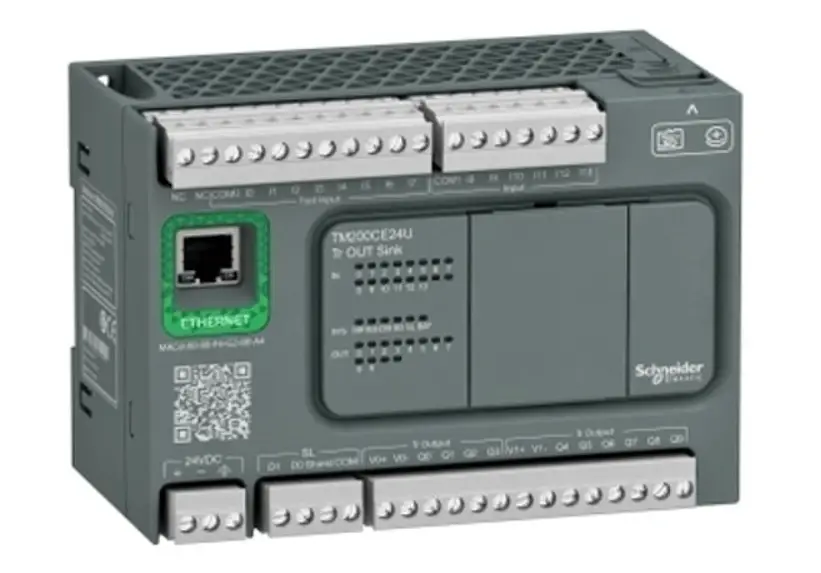
The digital inputs are protected against overvoltage and the PLC has an IP20 protection level. The transistor digital outputs are protected against short circuits.
The DC power supply is protected against reverse polarity. It has very high levels of insulation and is also resistant to high EMC levels.
The software used for programming is Ecostruxure Machine Expert Basic. You have only ladder logic and instruction list languages available.
M221 Schneider PLC
This PLC is an extended version of M200 PLC. It has two embedded analog inputs apart from normal IO’s and also a run/stop switch.
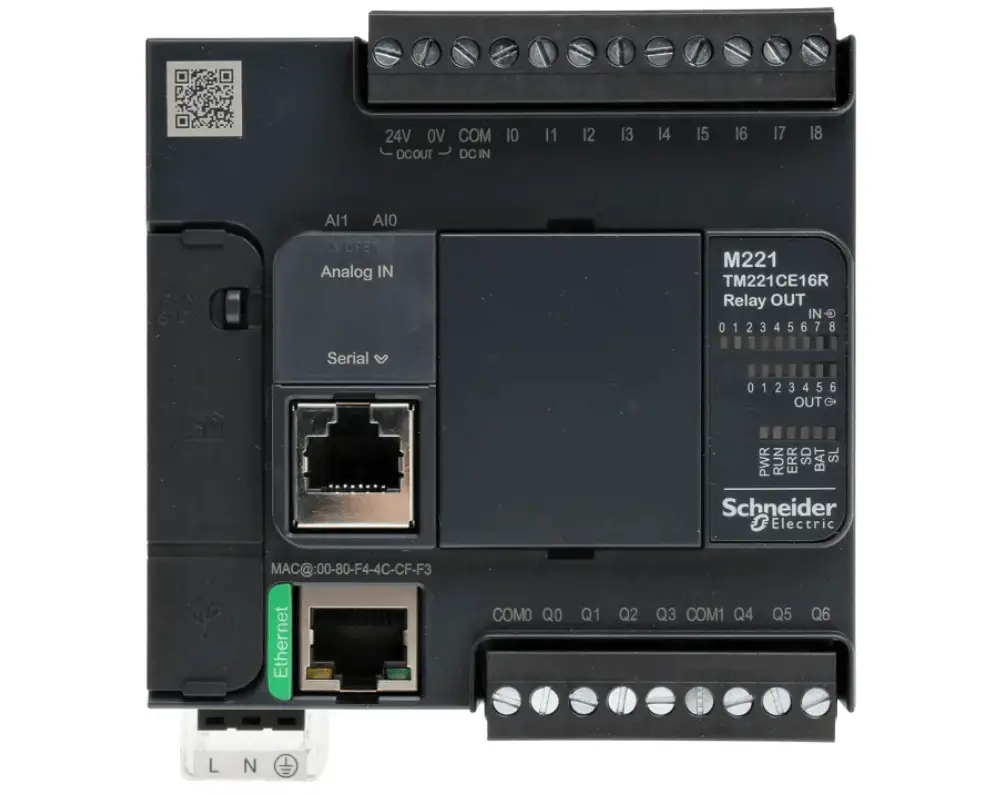
With this PLC, you can configure safety modules, motor starters (by communication), and servo drives.
The software used for programming is Ecostruxure Machine Expert Basic. You have only ladder logic and instruction list languages available.
M241 Schneider PLC
This PLC is the most compact one available in terms of budget and features. This PLC is a good example of high-class features and compatibilities for industrial machines.
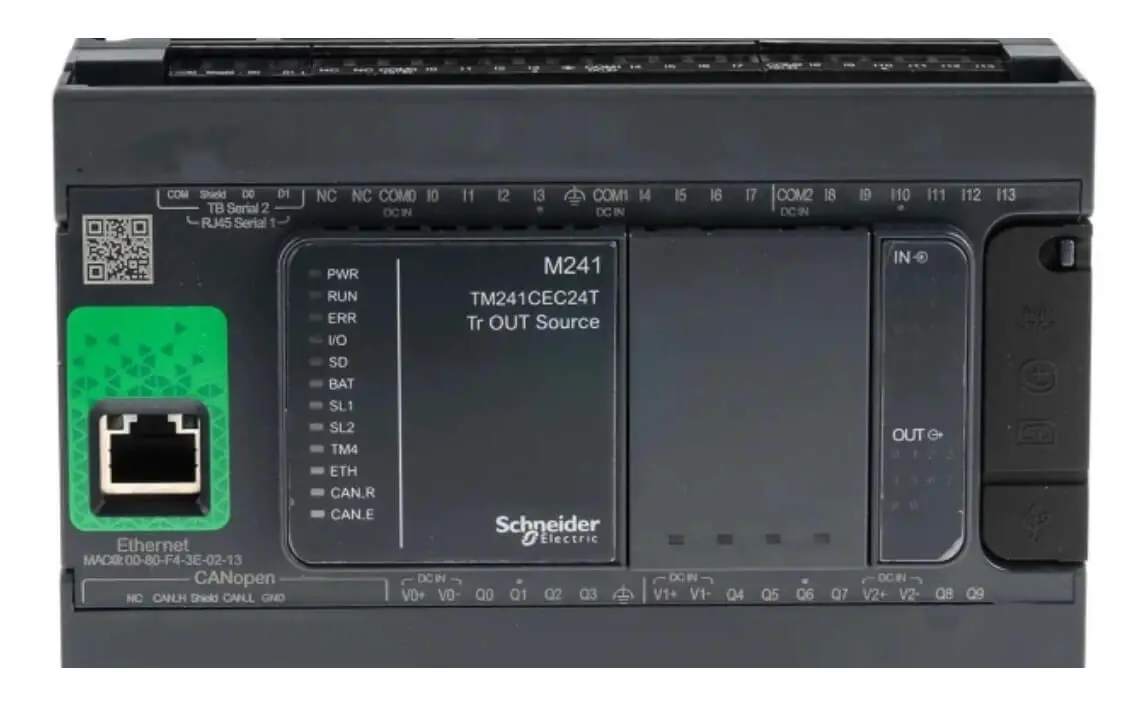
You have 5 embedded ports in it – Ethernet, CANopen, 2 serial ports, and one USB port. It has a Web and FTP server, pulse train outputs / high-speed inputs, safety functions, communication with motor starters, etc.
The software used for programming is Ecostruxure Machine Expert. You have all the languages available in it.
M251 Schneider PLC
This PLC allows you to connect to Wi-Fi and has features to connect to MES and ERP. You can connect up to 14 expansion modules and it has two embedded Ethernet ports apart from ports used in M241.
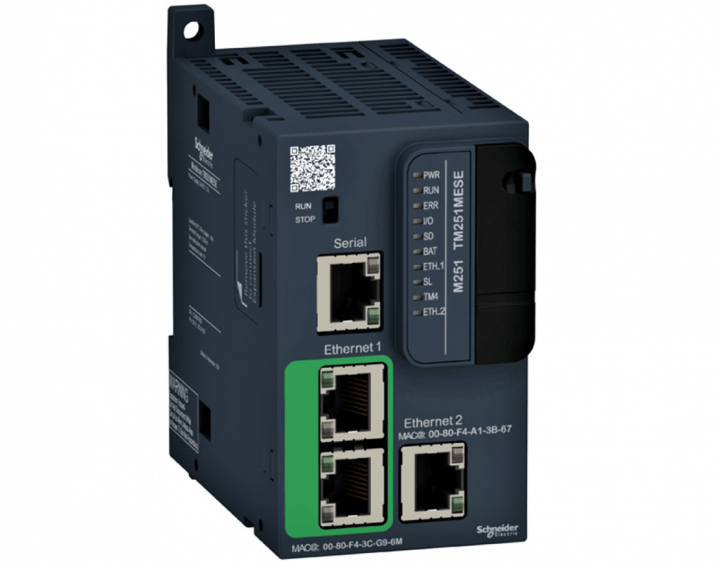
The PLC allows you to connect three communication modules. The software used for programming is Ecostruxure Machine Expert. You have all the languages available in it.
M262 Schneider PLC
With this PLC, you have the facility to communicate with cloud protocols like MQTT, OPC UA Server and Client, API, and TLS encryption.
The PLC is IoT-ready and can be directly connected to cloud servers while taking cyber security also into consideration.
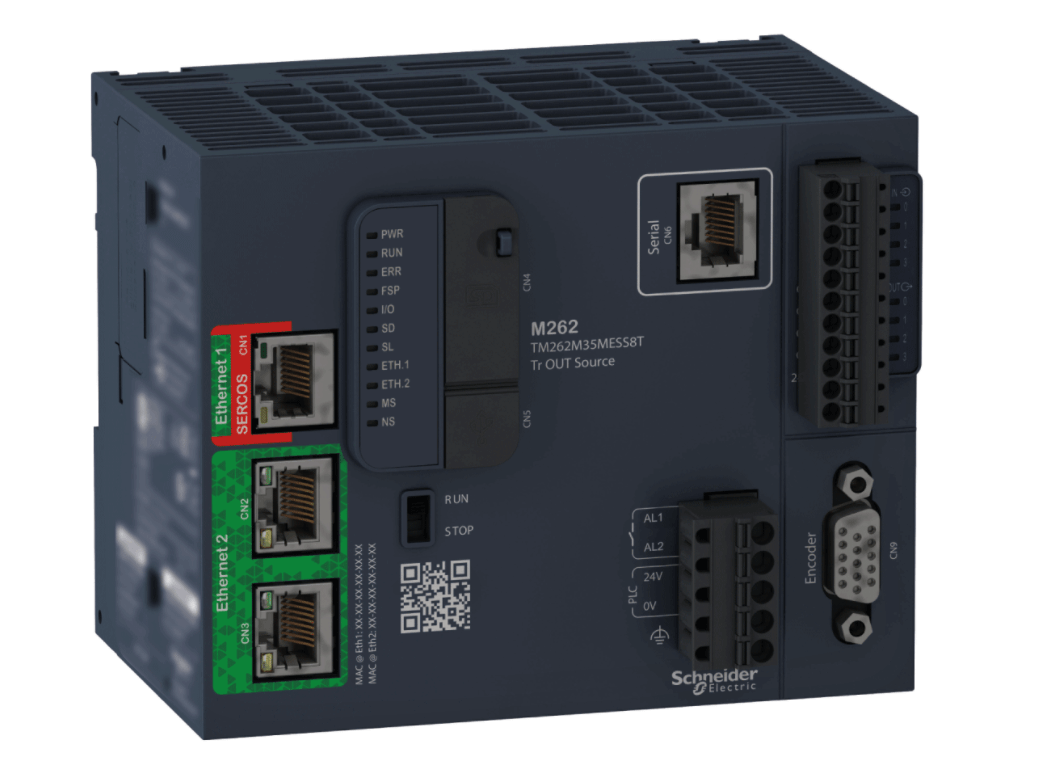
In motion logic, you can use up to 24 synchronized axes in 4 ms or 8 axes in 1 ms.
The software used for programming is Ecostruxure Machine Expert. You have all the languages available in it.
M171/M172 Schneider PLC
This PLC is designed for HVAC and Pumping applications. It means that Schneider has designed function blocks and libraries which are operating for HVAC and pumping applications.
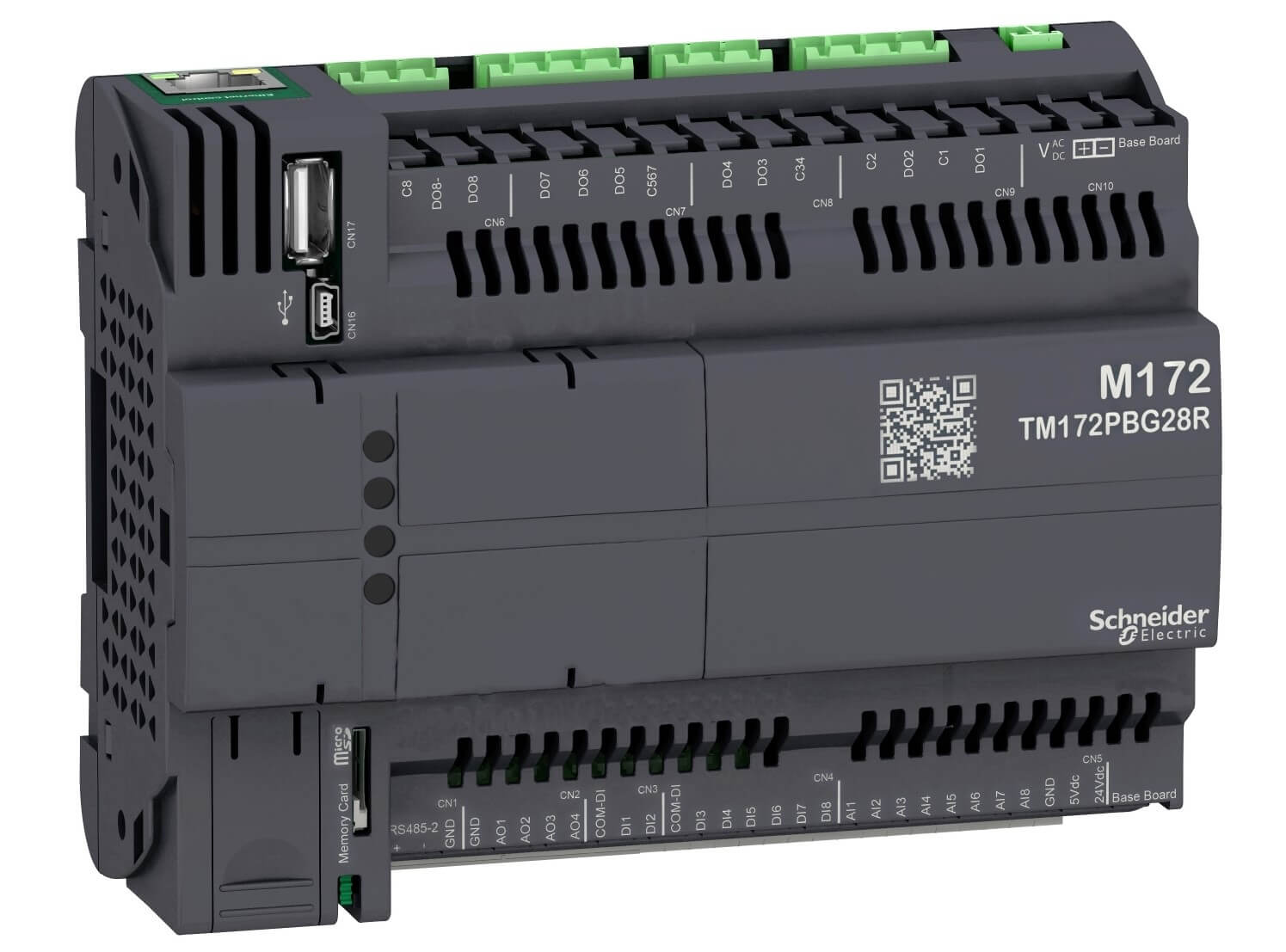
The programmer does not require to write his own logic; he can just use the libraries to reduce the commissioning time. He must just have proper knowledge of the application.
It has embedded communication ports like Ethernet, CANopen, Modbus serial, USB, and BACnet. The PLC has an in-built HMI display, features to integrate with BMS, and a webserver to connect with the cloud.
In the next post, we will see PLC used for higher-level applications.
If you liked this article, then please subscribe to our YouTube Channel for Instrumentation, Electrical, PLC, and SCADA video tutorials.
You can also follow us on Facebook and Twitter to receive daily updates.
Read Next:
